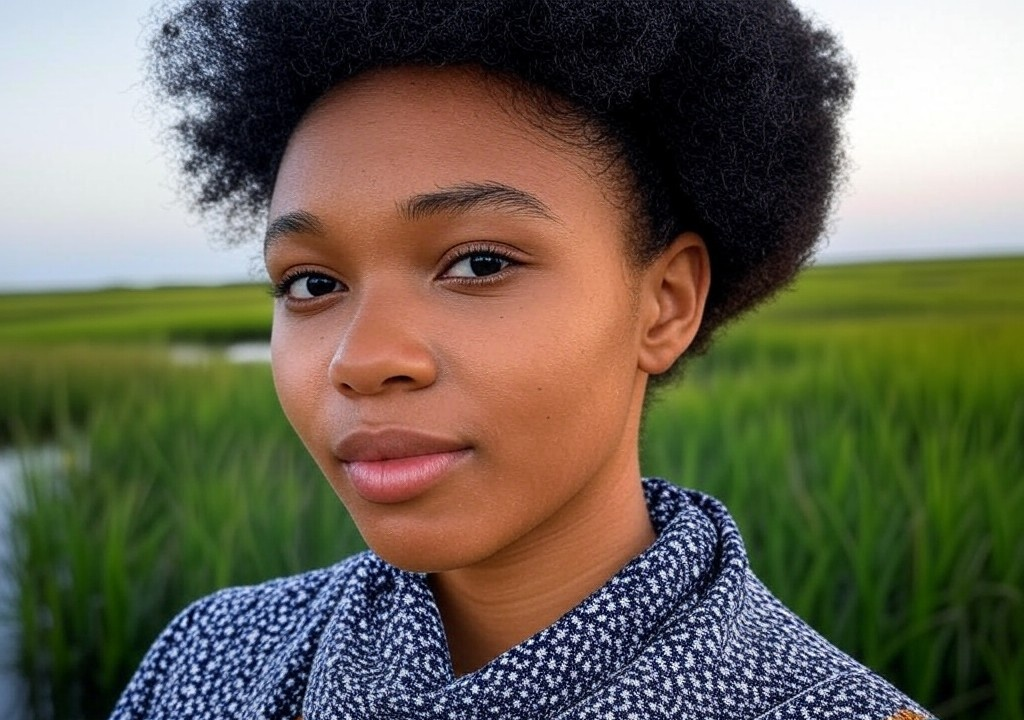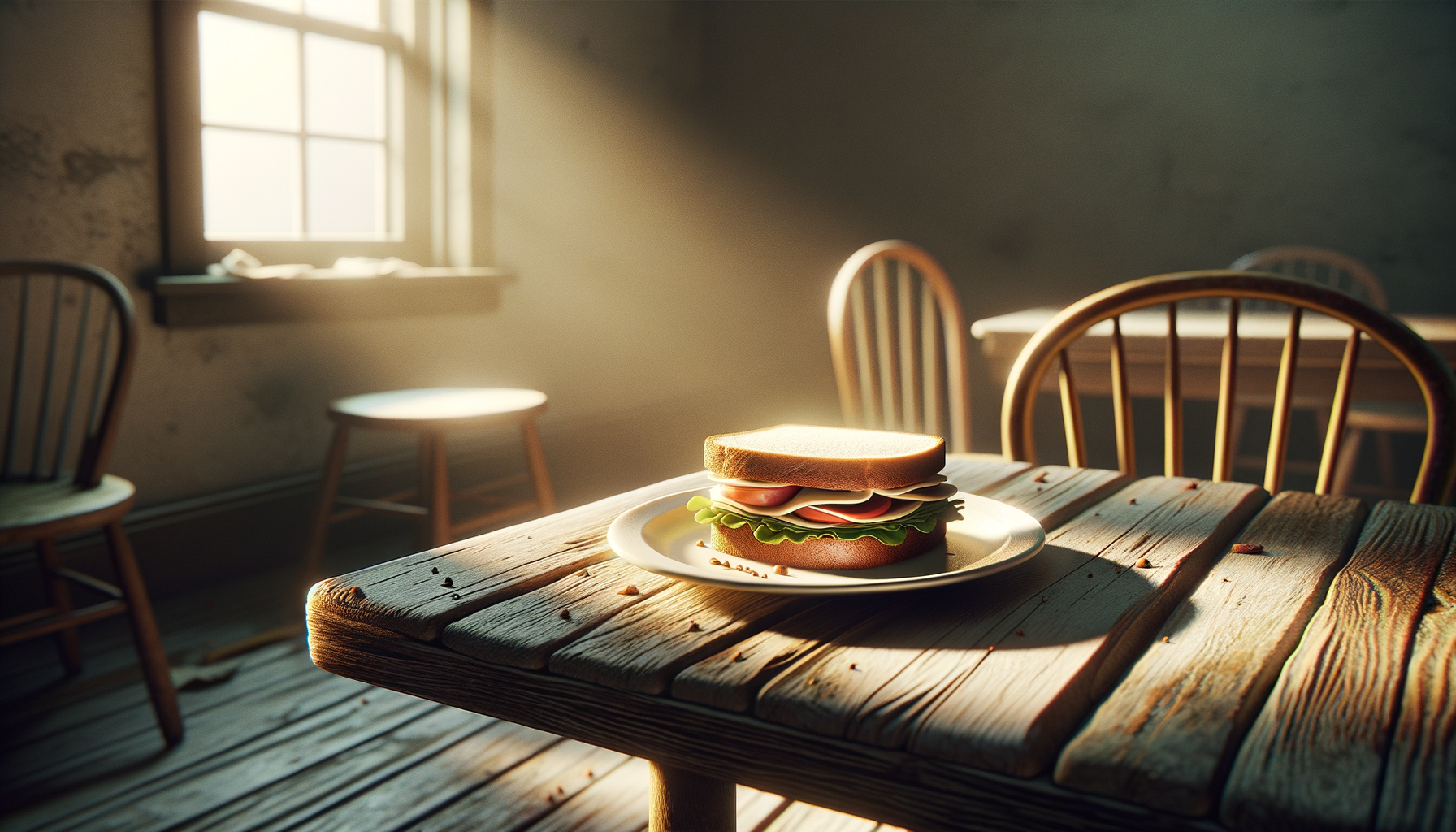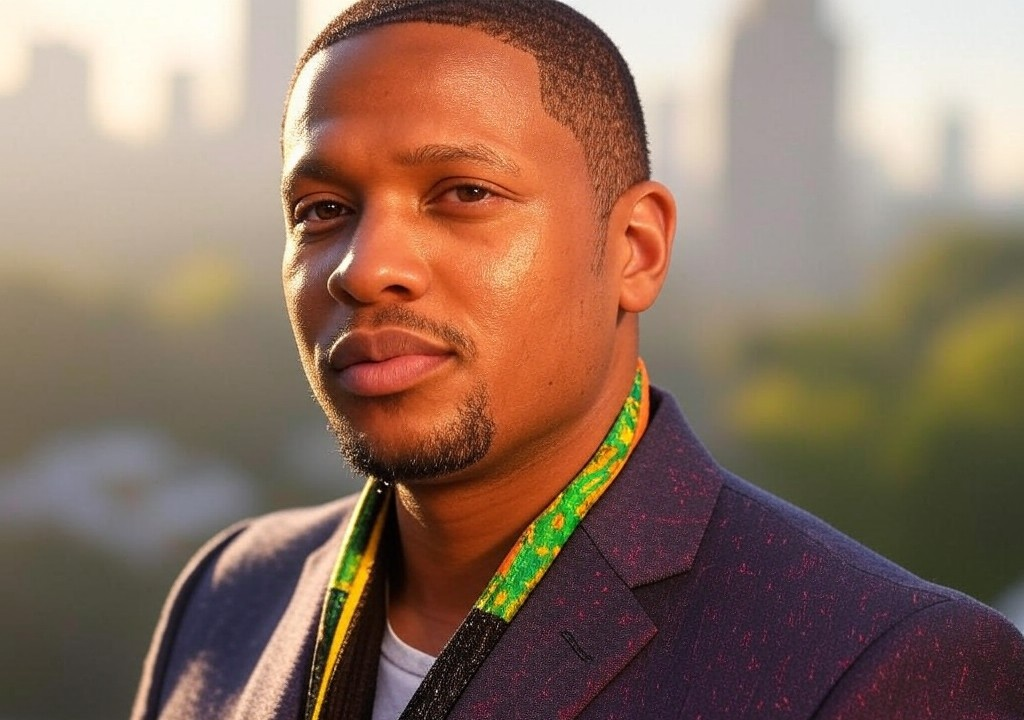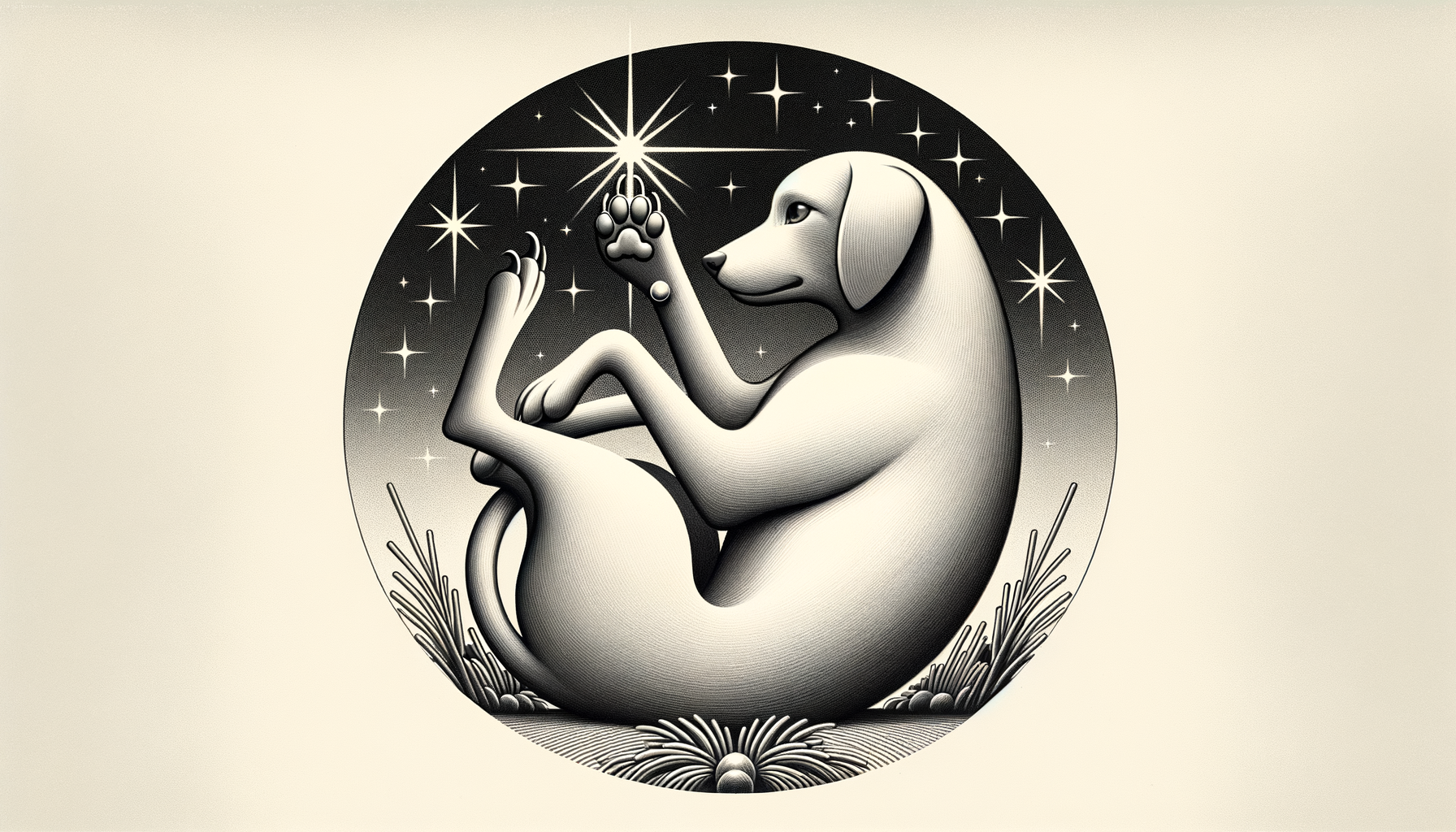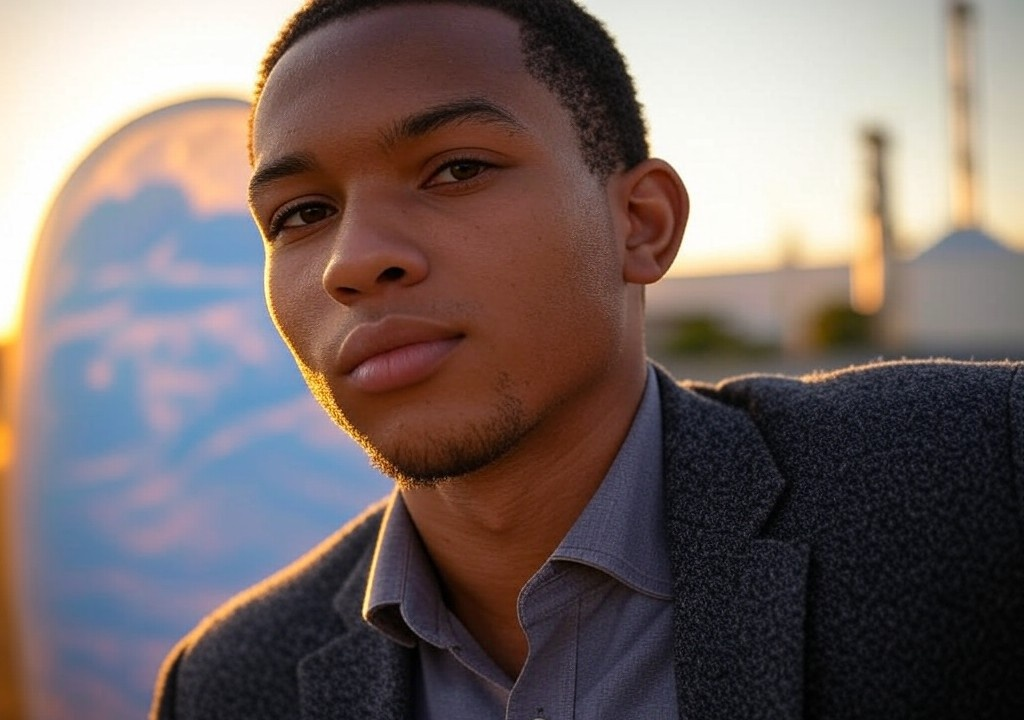“Your great-granddaddy built this house with his bare hands.”
I grew up believing this family legend as if it had been etched into the side of our Charleston home itself. My grandmother’s voice—firm yet melodic—would launch into this statement whenever the house creaked during storms or whenever I asked why the second-floor bathroom was somehow slanted. Her words carried not just pride, but reverence, as though Grandpa John’s ghost still hung in the rafters, nodding in approval. I never questioned it; how could I? In a family as tightknit as ours, deference to our elders and their stories was practically stitched into the fabric of our Gullah Geechee identity.
But just like those hardwood floors that looked solid until you stepped on a weak spot, sometimes family tales start to give way under closer inspection.
Here’s the thing: Grandpa John didn’t build the house. And unpacking the reasons why that myth was created—and why it felt almost sacred to me for so long—taught me more than just a historic truth. It taught me about love, legacy, and how much of ourselves we pour into the stories we tell.
The Myth That Built Us All
To understand why this story carried so much weight, you have to understand my family. We lived by the principle of self-reliance, that roll-up-your-sleeves-and-make-it-happen ethos passed down from generations of resourceful Lowcountry folks. My dad had a pair of work boots older than I was, and my mom could stretch a Sunday dinner into school lunches for the week like it was an art form.
The story of Grandpa John fit perfectly into that narrative. A Black man in early 20th-century Charleston building his family’s home by hand? It sounded like the ultimate flex. In a world that so often tried to deprive Black families of ownership—of land, of history, of identity—the story felt like a defiant fist raised against all of that.
But as it turns out, the truth still flexes—just not in the way we think.
Cracks in the Foundation
I think most family myths survive because we want them to. They provide comfort, something sturdy when life feels uncertain. So when my parents sold that house a few years ago, I honestly wasn’t prepared to discover that the original deed told a different story. Grandpa John hadn’t actually built the house but had purchased it. And not from just anyone—it had been bought from a white carpenter who built several nearly identical homes all along the block in the 1920s. Same staircases, same brick fireplaces, same creaky bedroom floorboards. What felt like a one-of-a-kind family heirloom turned out to be part of a batch.
For a second, my pride deflated. I felt like I’d lost a piece of him, of us. But then I dug a little deeper, into the history of what it meant to purchase land and property as a Black man in Jim Crow Era Charleston. What Grandpa John did—saving and hustling to secure that home—was no less monumental than if he’d hoisted every plank and hammered every nail himself. It was audacious. Brave. Revolutionary.
And yet, I had to sit with the question: Why didn’t Grandma just tell it that way?
Stories That Fit the Narrative
Family myths don’t just materialize out of thin air—they often emerge because they’re trying to tell us something. Something about our values, our fears, or our hopes. What resonated for me, though, was the revelation that sometimes the myths we tell are an act of love. My grandmother held onto the story of Grandpa John building that house because her generation appreciated a specific kind of self-sacrifice: the backbreaking, salt-of-the-earth kind.
And in a way, she wasn’t wrong. Grandpa John did build that house—not with bricks, wood, or nails, but with his grit, vision, and refusal to let the world deny his family a sense of stability.
The myth wasn’t about architecture. It was about belonging. It was about giving his kids (and his grandkids, and his great-grandkids) a love story to point to when life made them feel small.
Our Modern Myths
So what does any of this have to do with dating and relationships, you ask? A lot, actually.
When you’re building a relationship, you’re also building a story. Much like that creaky old house, the version you tell others (and yourself) often feels polished, ironclad, and strong. But over time, you may notice weak spots. The first argument over whose family makes better mac and cheese. The first realization that maybe your partner doesn’t know how to load the dishwasher properly (and let’s face it, nobody does). The cracks are inevitable.
What’s important is how you choose to reinforce those foundations. Do you cling to a picture-perfect ideal of who you thought you should be together, ignoring the work it takes to get there? Or do you acknowledge the reality—that even good relationships need repairs now and then—and get to work?
Much like family myths, the stories we tell in our love lives need to evolve. That’s not a bad thing. Growth is messy, but it’s real. And honestly, aren’t the best romances just a patchwork of truth and effort anyway?
Building (and Rebuilding) Your Own Love Story
If there’s one thing my family history taught me, it’s this: Don’t wait for the picture-perfect story to show up before you start building relationships worth having. It’s okay to start with a slightly uneven floor or walls that need a little primer. Here are a few lessons I’ve picked up along the way that might help you build yours:
-
Be honest with yourself. A healthy relationship starts when you stop pretending you have 12-foot ceilings when in reality, you live in a cozy attic apartment. (Which is adorable! Just stop lying about it up front.)
-
Celebrate the small wins. My Grandpa John didn’t build his house brick by brick, but he built something just as valuable—a legacy of persistence. In dating, it’s okay to celebrate your own intangible connections, like great communication or feeling safe together, even if you’re still figuring out everything else.
-
Let go of the pedestal. When you idealize relationships or people (or family stories!), you miss the beauty in imperfection. Love the real version, not the Pinterest-perfect one.
-
Reframe “failure.” Just because something didn’t turn out the way you imagined doesn’t mean it wasn’t meaningful. Learning that Grandpa John didn’t build our house didn’t make it less ours—it just made me appreciate the sacrifices behind it even more.
A Legacy Worth Holding Onto
I’ll admit, it’s still jarring sometimes to think about how foundational myths can change. But if that Charleston house taught me anything, it’s this: The stories that matter most aren’t the ones that are perfect, but the ones that endure. In dating, in life, and yes, even in homeownership.
You don’t have to build your love story from scratch to make it a masterpiece. Sometimes, just showing up and doing the work—rainy days, creaky floors, cracks and all—is the bravest, most meaningful thing you can do.


